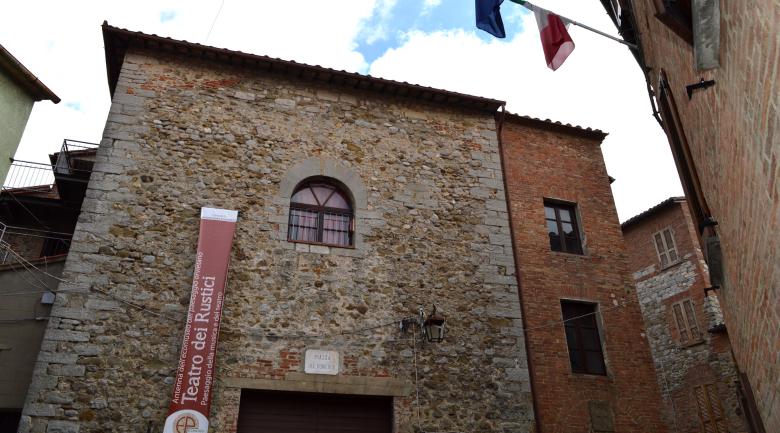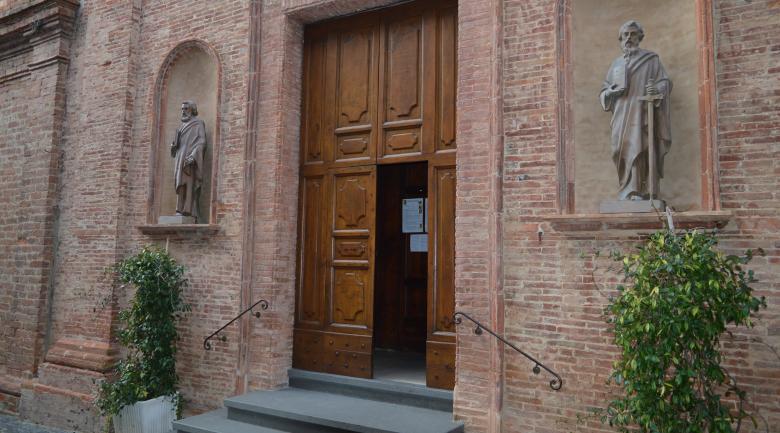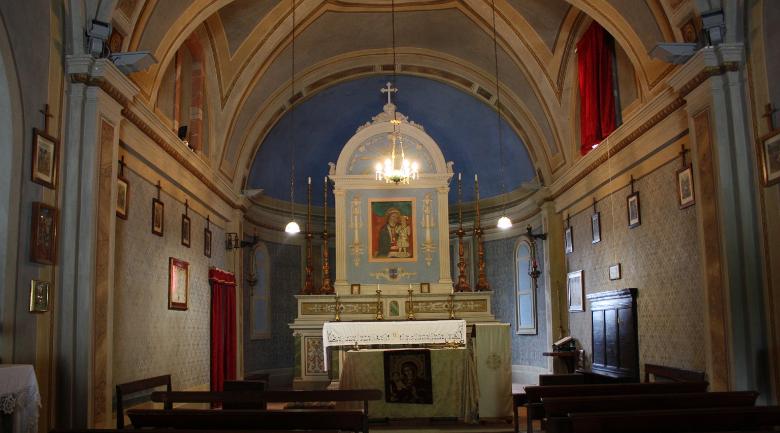Church of Santa Maria dei Servi
The Gothic church of Santa Maria dei Servi is located just outside the medieval walls of Città della Pieve, near the Porta Romana. As far back as the 13th century there are records of a church dedicated to the Madonna della Stella, located near the former Hospital of Saints Philip and James, in which the Servants of Mary settled in the mid-13th century, establishing a small parish church with an adjoining convent. Construction work continued throughout the century on both the church and the convent, which was significantly expanded between 1486 and 1487.
After the ecclesiastical suppressions of the Unification of Italy, the convent became a Civic Hospital. The plan of the church is typical of monastic orders, with a single nave, a square apse and cross vaulted ceilings. Gothic architectural features are still visible on the façade, although later walled up. The church today houses the Civic Diocesan Museum, which is part of a museum circuit along a city route that includes other landmarks in town, such as the Oratory of Santa Maria dei Bianchi, Palazzo della Corgna, the Cathedral of Saints Gervasius and Protasius, the Church of San Pietro and the Oratory of San Bartolomeo.
The trefoil arches are made of brick. A bell tower, designed in the neoclassical style by architect Giovanni Santini, was added to the church in the mid-19th century.
The interior, renovated in the 17th century, has stucco decorations in the Baroque style; of particular interest are the beautiful wooden choir and the large Sacristy cupboard, commissioned in 1628 from Giuseppe di Francesco Bendini of Montepulciano. On the first altar on the right, a fresco depicting the Madonna della Stella among Saints, from the Peruginesque school, was uncovered by demolishing part of the Baroque stucco. The Baroque altar flanked by stucco statues in the style of Bernini, depicting Blessed Giacomo Villa and Blessed Matteo Lazzari, is particularly striking.

























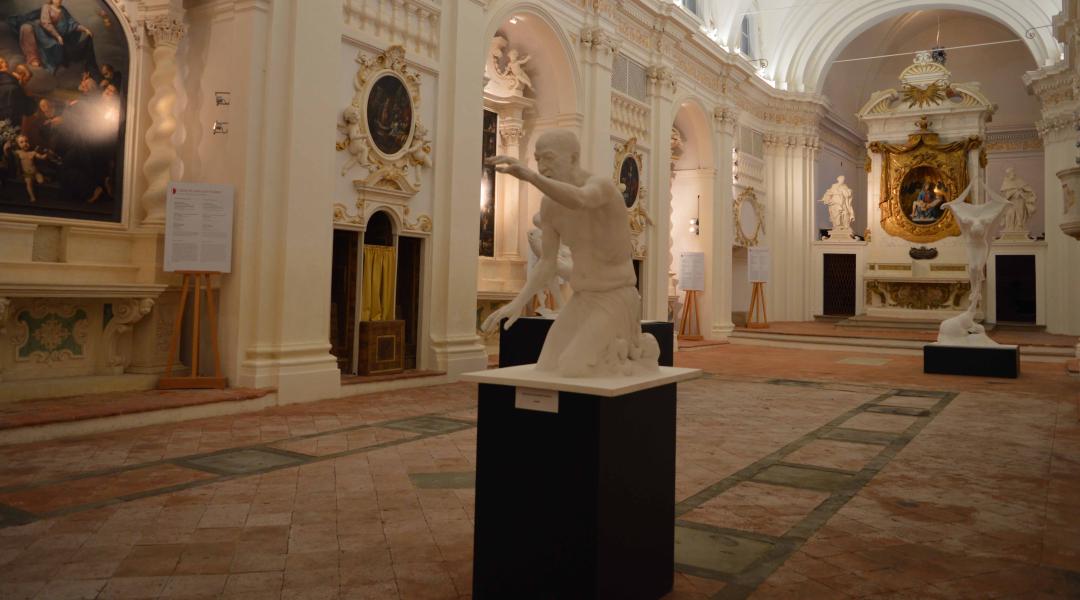
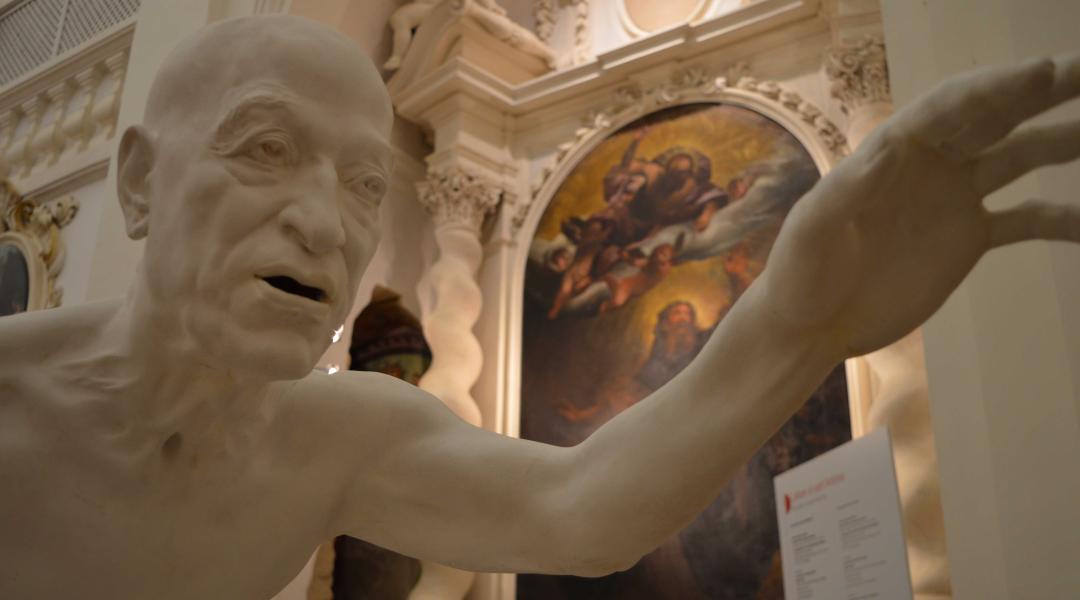

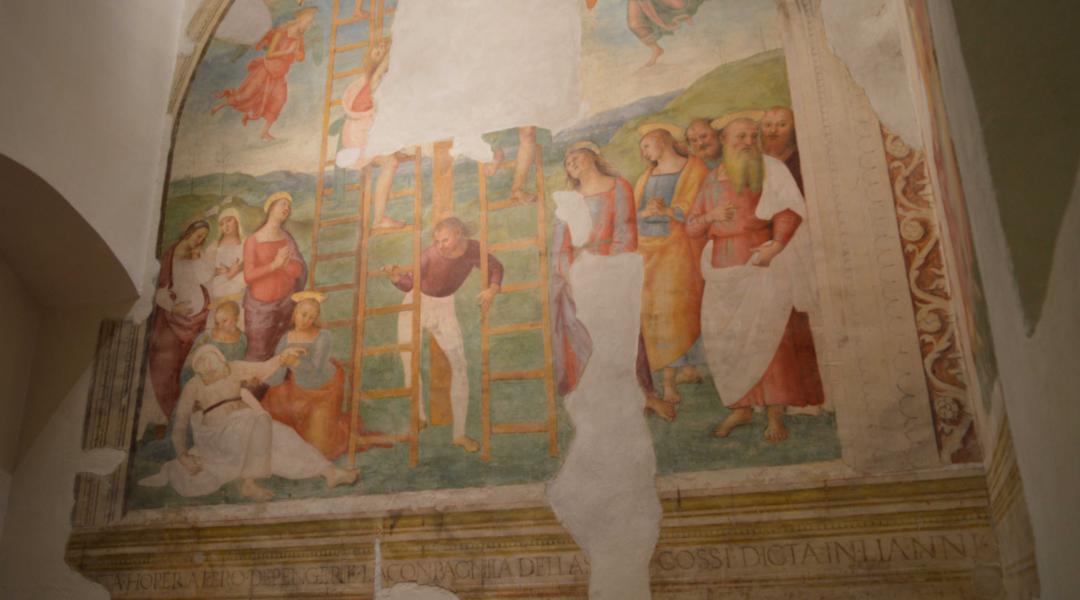
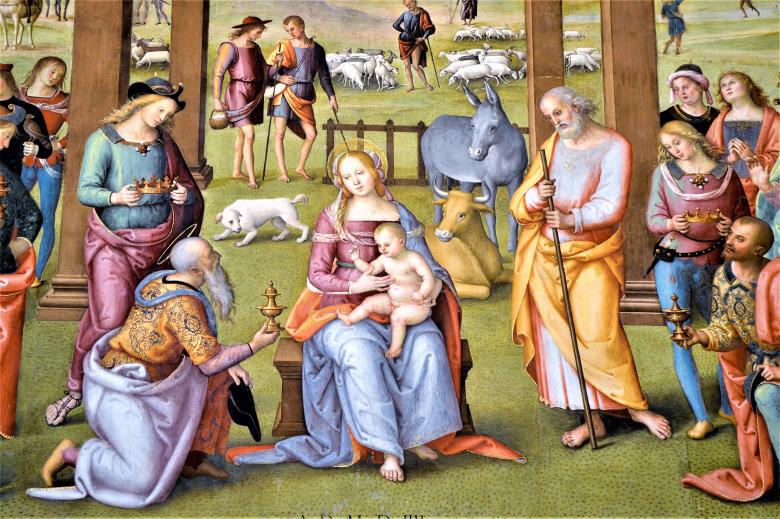
.png/63402446-6fef-a6a0-d1c7-deea2b29ae1f?width=780)
